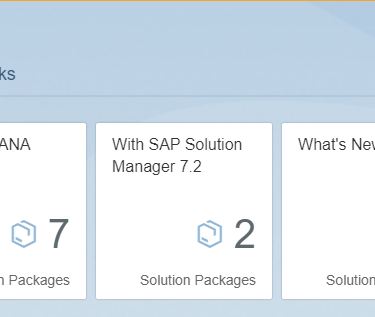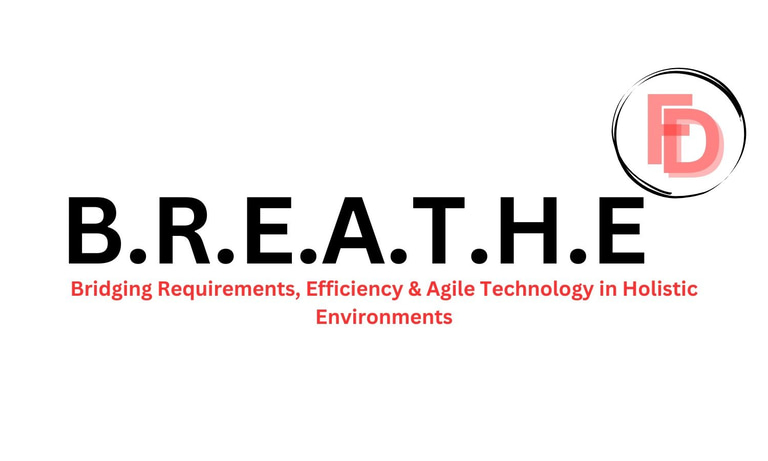Understanding SAP Best Practices: A Guide to Preconfigured Solutions
Understanding SAP Best Practices: A Guide to Preconfigured Solutions.
Fafure David
11/20/20243 min read


Introduction to SAP Best Practices
SAP Best Practices represent the best method or way of handling business processes. With SAP BP, we are provided with sets of preconfigured core processes that can be used in setting up various lines of business operations, either in Supply Chain, Source & Procurement, Finance & Controlling, Human Resource or Asset Management.
It acts as sets of template or guideline that a Company that plans to implement SAP, especially with S/4HANA, can use as leverage over other Companies in the same domain of operation. With good implementation of SAP BP, the already developed solution package for the specific industry can be used a template based on the experience that has been put together over the years.
It will be agreed that setting up a new project can be time consuming and challenging, but knowing that we can also have other industries that must have solved similar challenges can be a plus and an advantage, thereby making unnecessary to reinvent the wheel, SAP BP for S/4HANA comes as a good aid to making this possible.
Benefits of Using SAP Best Practices
Implementing SAP Best Practices comes with multiple advantages. First and foremost, these practices help standardize processes across various departments within an organization. Standardization leads to improved operational efficiency as employees can work with familiar templates tailored to their specific tasks.
Additionally, SAP Best Practices aid in minimizing risks associated with implementation. Since these templates are derived from extensive research and feedback from various industries, organizations benefit from the collective insights and experiences of numerous SAP users. This reduces the likelihood of costly mistakes that can arise from customizing systems from scratch.
Moreover, businesses can leverage SAP’s proven methodologies to ensure compliance with best practice guidelines. This not only enhances consistency in performance but also promotes accountability and transparency across functions, which are critical elements in maintaining regulatory standards in today's complex climate.
Implementing SAP BP has made it possible to test the present business process and the practices adopted by other companies in the same domain of operation. With this, it has become possible to ascertain the competitiveness and also the potential for process optimization.
Key Components of SAP Best Practices
There are several key components to SAP Best Practices that organizations should familiarize themselves with:
Preconfigured Business Processes: These templates provide best-in-class processes that are industry-specific, allowing companies to adopt practices that have been validated across various sectors.
Documentation and Guidelines: Comprehensive manuals and guidelines accompany each template, ensuring that users understand how to implement and customize them effectively.
Tools for Integration: SAP Best Practices come equipped with tools that facilitate seamless integration with existing systems, minimizing disruption during implementation.
Regular Updates: SAP continually updates its best practices, incorporating new technologies and methodologies to enhance user experience and business productivity.
Organizations looking to implement SAP solutions should consider investing time in understanding these components to maximize their return on investment. By aligning their operations with industry-leading practices, companies can foster a culture of continuous improvement and agility.
In summary, SAP Best Practices are instrumental in guiding organizations toward effective and efficient implementation of SAP solutions. By utilizing the preconfigured and predefined layouts, companies can streamline their processes, reduce implementation time, and minimize risks. As industries continue to evolve, adopting these best practices will enable businesses to stay ahead of the curve, ensuring they operate at peak efficiency while remaining compliant with regulatory standards. Embracing SAP Best Practices is not just a wise choice but a strategic imperative for organizations striving for success in today's competitive landscape.
TO KNOW MORE about SAP Best Practices, kindly visit the Best Practice Library (BP Explorer) through https://rapid.sap.com/bp/ using your Sapnet username. This page gives the detailed overview of the solutions, industries and operating models (on premises/Cloud).


